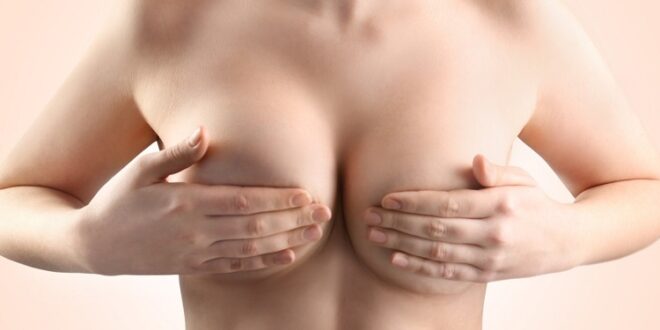Breast health makes up a huge part of women’s overall health. Whether it’s a pain, nipple discharge, or the appearance of lumps, it can be terrifying to notice changes in your breasts.
Fibrocystic breast disease is a common cause of fluctuating breast tissue and can cause unnecessary and damaging anxiety for women who aren’t in the know.
Do you know about fibrocystic breast disease? Read on to learn about its causes, symptoms, and treatment options.
What Is Fibrocystic Breast Disease?
Fibrocystic breast disease is a benign and common condition which results in changes to breast tissues throughout the menstrual cycle. Although it affects more than half of women, many women have no idea that the condition exists!
The term ‘fibrocystic breast disease’ is misleading since it isn’t actually a disease.
The condition involves the glandular tissue found in breasts. Lumps form in one or both breasts due to small breast cysts. These are caused by a build-up of fluid, cells, and cellular debris after years of menstruation.
Fibrocystic breast changes typically happen between 30-50 years of age. After menopause, the monthly changes are much rarer since you no longer go through the menstrual cycle.
Symptoms of Fibrocystic Breast Disease
Fibrocystic breasts don’t always have symptoms. Some women experience pain, tenderness, and discomfort and/or feel lumps in their breasts.
The most common symptoms of fibrocystic breasts include:
- Lumps in breasts, particularly in the upper and outer areas
- Breast pain and tenderness in the upper, outer part of the breast
- Lumpy tissue that changes size following the menstrual cycle
- Green/dark brown nipple discharge
- Increased breast pain and/or lumpiness from ovulation to the start of menstruation
A good rule of thumb to know you’re dealing with fibrocystic breast changes (and not something more sinister) is that typically you will experience similar changes in both breasts.
How to Treat Fibrocystic Breast Disease
It’s important to learn more about what alleviates or aggravates the condition to relieve any pain or discomfort.
Many women use natural pain-relievers to ease their symptoms. If you try and find that they aren’t helping you, you can turn to OTC medications.
The most popular remedies for breast discomfort include:
- Vitamins A, B6, C, and E
- Oil of primrose
- Aspirin
- Naproxen
- Ibuprofen
Holistic fibrocystic breast disease treatment aims to relieve breast tenderness by finding and stabilizing any menstrual irregularities. Since hormone fluctuations result in the build-up that produces cysts, managing hormone levels is thought to help relieve discomfort.
Empower Yourself With Knowledge
When it comes to your health, knowledge is always power. Knowing as much as you can about fibrocystic breast disease helps you manage the symptoms and keeps you from jumping to scary health conclusions!
Remember, it is always best to check with your GP if you suspect a lump in your breast is more than a fibrocystic breast change. You must schedule regular breast exams with a healthcare professional to catch any problems early.
Was this post helpful? Check out our blog for more information on health and fitness.
 HammBurg Be informed with latest news, reviews, entertainment, lifestyle tips, and much more.
HammBurg Be informed with latest news, reviews, entertainment, lifestyle tips, and much more.




